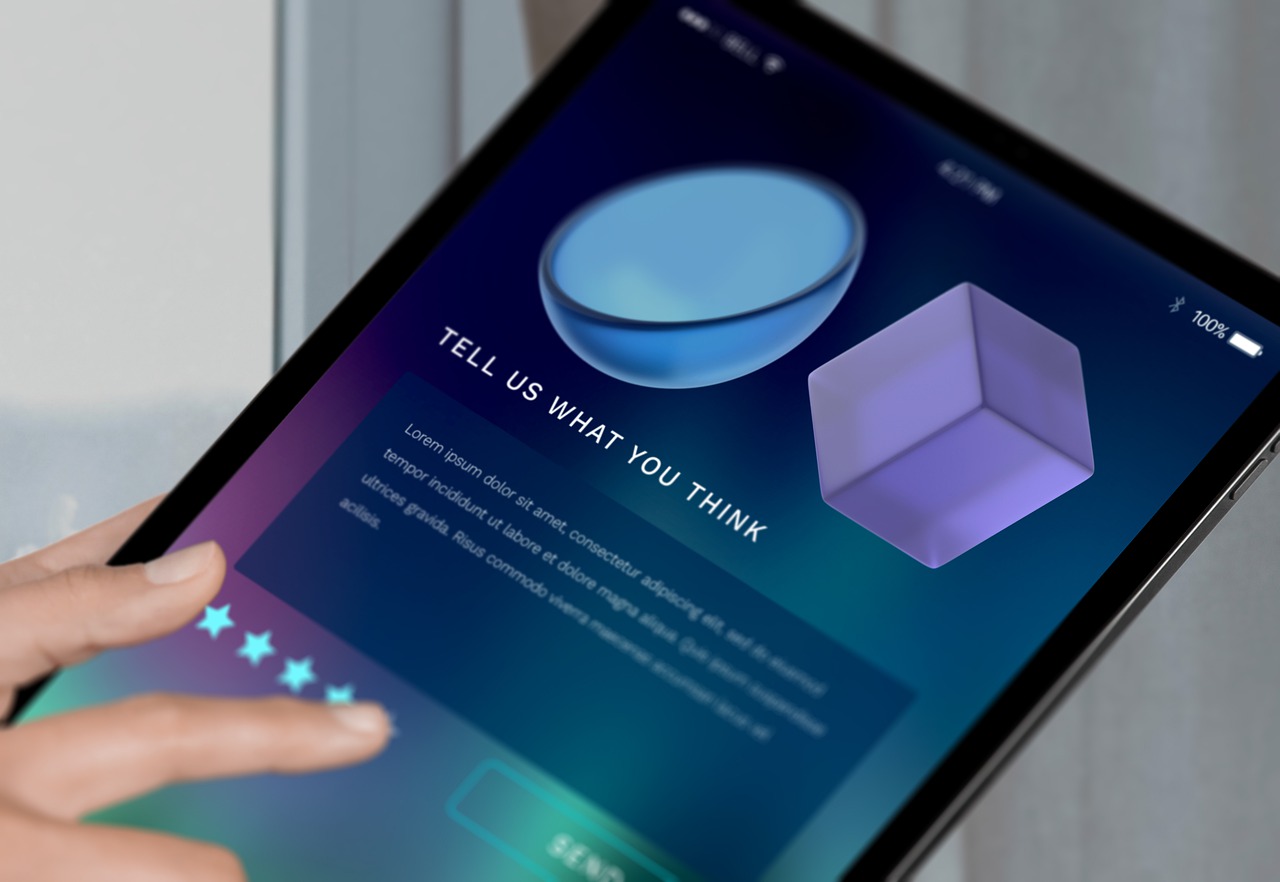In the current market, successful product development wholly depends on understanding and meeting customers’ requirements. There was a time when a company could rely on intuition or market trends to determine what to produce. A more customer-centric approach is now necessary for developing products that they can identify with and ensure their long-term performance. This article looks at the principles of customer-centric product development, emphasizing the role of user needs and preferences.
Understanding Customer-Centric Approach
Customer-centric product development is about making the customer central to all decision-making processes. It means deeply comprehending target users’ needs, preferences, pain points, and behavior to inform product design, features as well as functionality. Rather than relying on internal assumptions only or trends in the industry, customer-centric organizations continuously seek feedback and insights from their target audience throughout the whole product development cycle.
The Importance of Understanding User Needs
Developing customer-oriented products begins by understanding user requirements. By gleaning user desires and expectations of a product, companies can create solutions that truly settle their pain points and generate value. Below are some of the main reasons why understanding user needs is so important.
Customer Expectations Alignment: Products matching closely with user needs are more likely to achieve customer’s expectations thus providing more satisfaction and loyalty.
Market Differentiation: Companies can differentiate their products by concentrating on users’ unmet demands that competitors do not focus on, thus giving them an advantage over competitors in the market.
Reduced Failure Risks: It helps in coming up with products derived from knowing well about a user’s wish hence reducing chances of spending resources on features or functionalities customers do not value.
Innovation Opportunities: Understanding user needs opens doors for innovation which allows a company to develop new products that respond to emerging challenges or offer unique solutions.
Techniques for Understanding User Needs and Preferences
To effectively grasp user needs as well as preferences, product managers have different strategies and methodologies they can use. Here we look at some common approaches:
User Research: To gain insights about what users do, where they have pain, and what drives them product teams can conduct user research through techniques like interviews, surveys, and observation.
Personas Development: Making fake users called personas that resemble the target users enables the product teams to empathize with their customers and create products that suit their specific tastes and desires.
Journey Mapping of Users: Finding out a user’s journey (meaning how he/she accomplishes a task or achieves an aim) can be used to identify areas of friction and opportunities for improvement across the whole user experience.
Usability Testing: Usability tests help to observe how prototypes or current products are used, thus pinpointing where there is resistance during interactions with such devices and offering chances for enhancing them.
Feedback Loops: By integrating feedback loops like customer support channels, feedback forms, and user surveys companies continuously collect information from their clients while adjusting their products accordingly.
Putting in Place a Customer-Centric Culture
Building true customer-centricity goes beyond the mere implementation of certain strategies; it involves creating a culture that prioritizes customer needs and values. Here are some fundamental principles for building a customer-centric culture within an organization.
Leadership Buy-In: The leading individuals within the company need to take the lead in ensuring that customer-centricity is a priority and this should be seen by all, even at the expense of other considerations.
Cross-Functional Collaboration: Customer insights can only be harnessed into product development if there is collaboration across departments like development, marketing, design, and finally support.
Continuous Learning: Companies that embrace constant learning can keep up with changes in the market as well as those of consumers.
Empowerment of Employees: To develop a customer-centric mindset throughout the organization, employees must feel responsible for customer satisfaction and proactively seek out customer feedback and act on it.
Data-Driven Decision Making: Companies that employ proper data analysis resulting from product decisions are much better placed to understand consumer behavior; hence they can easily predict market trends.
Case Study: Airbnb
Among such companies is Airbnb which has always made it an obligation to know what their users want to create a platform offering a personalized experience. From its start, Airbnb has concentrated on knowing what its consumers want to come up with a platform that provides tailored experiences. Their research revealed that travelers wanted unique experiences during their travel; hence they implemented “Experiences” and “Airbnb Plus”. In addition, Airbnb continuously asks for comments from hosts and guests and then makes changes to the site based on user information collected. This shows a commitment to continuous improvement and the satisfaction of people who use their platform.
In short
It is not just any other word but a principle that results in the success and invention of new things in today’s world. The ability to understand your users’ preferences will enable you to develop products that will connect with them, keep them loyal, and grow your business. Companies may stay ahead of the curve and provide significant value to their users by putting tactics like user research, persona development, and usability testing into practice and cultivating a customer-centric culture. The road to creating successful products ultimately starts and ends with an unwavering focus on the user.
Views: 0




Leave a Reply